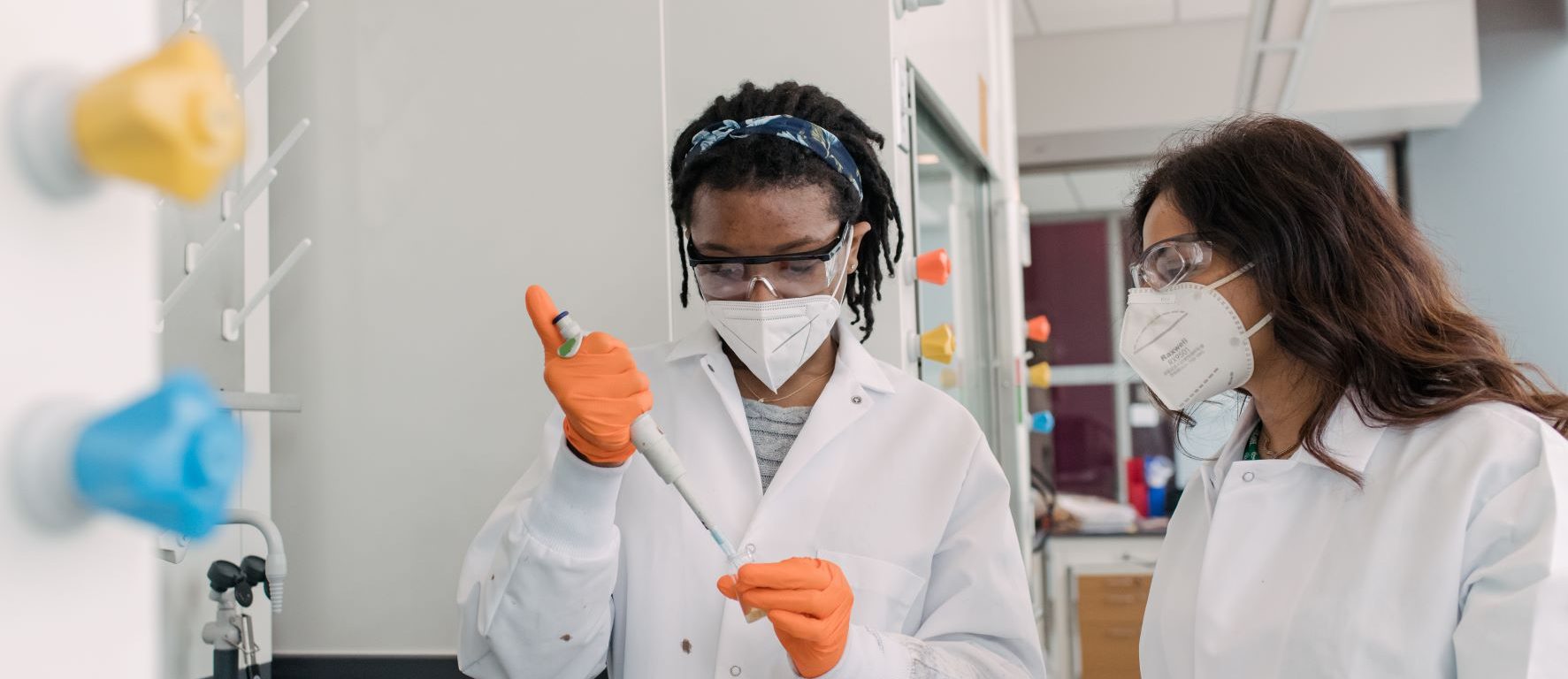Rechargeable alkaline batteries are readily available at many stores and pharmacies, but they are rigid and cannot be used in slim or small devices that require batteries. Deepa Madan, assistant professor of mechanical engineering, and her research team are working to develop zinc-chitosan gel-based batteries that are enclosed in flexible plastic. This would revolutionize how consumers power devices they use every day.
Zinc, chitosan, and manganese dioxide—all components of the gel-based batteries—are abundantly available and are safe for people and animals to be around, Madan explains. Zinc-based air battery technology is already used to create small, rigid batteries, like those used in hearing aids. For this new technology, she envisions a broader array of possible forms and uses, particularly for wearable health monitoring devices.
Madan’s work has received a phase 1 award from the Maryland Innovation Initiative (MII). The MII is a partnership between the State of Maryland and five academic research institutions in Maryland, including UMBC, which promotes the commercialization of research conducted at the universities involved. It helps to get innovative products to consumers more quickly.
Improving battery safety
The goal of this work is to develop a flexible, rechargeable zinc battery (RZB) prototype that can be used in wearable devices such as watches, wireless headphones, and health devices. “By demonstrating the unique advantages of safety and design flexibility—which enables larger battery footprint and, hence, better performance—we expect to enable RZB commercialization and gain market share for wearable health monitoring devices,” Madan explains.
Enhanced durability is an additional benefit of the RZB technology. These batteries can continue to safely generate power even if they are punctured, bent, or cut.
During testing, Madan and her students poked six holes in the plastic that contained the battery. They found that the holes reduced the power generated from 100 percent to about 88 percent. The remaining power was still enough to power a small light.

“I have always been interested in exploring eco- and user-friendly principles in research,” says Aswani Poosapati, Ph.D. ‘20, mechanical engineering. “After meeting with Dr. Madan, I saw how we can adapt these concepts to make a unique, highly-performing battery, to make a difference in people’s lives. This experience allowed me to see myself as a researcher and has also spurred my desire to explore more.”
The results of this research are promising, Madan says. Initial results show battery performance at levels comparable to existing products. With this finding and several additional benefits, she hopes to quickly move toward bringing these new batteries to market.
Banner image: Deepa Madan, right, in her lab in the ILSB. All photos by Marlayna Demond ’11 for UMBC.





